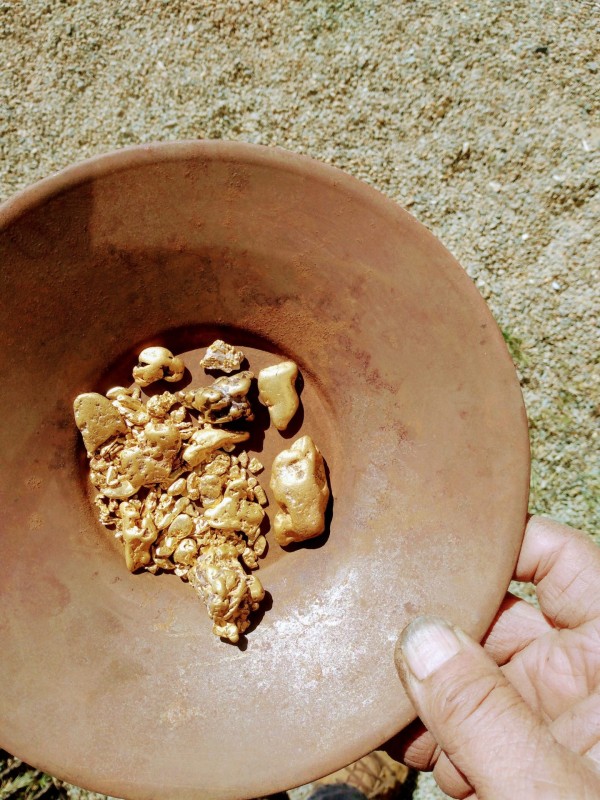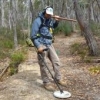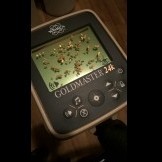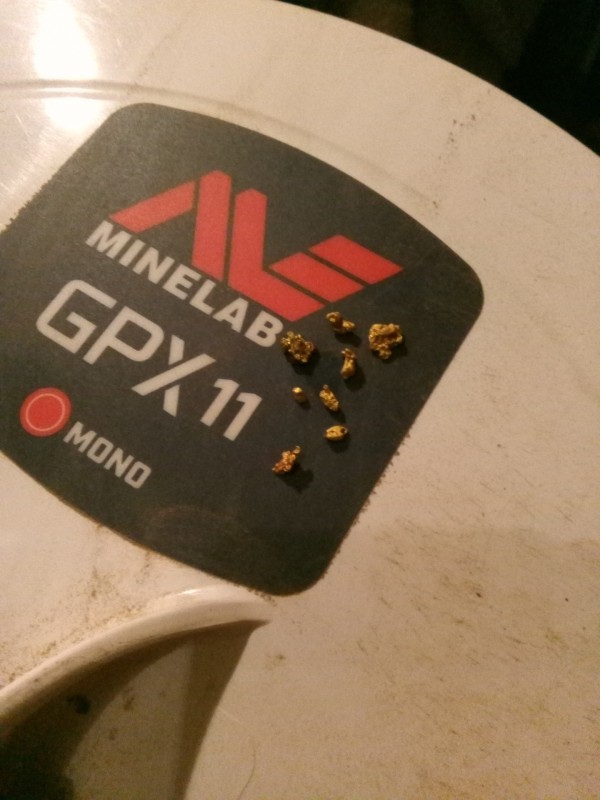Leaderboard
Popular Content
Showing content with the highest reputation on 05/25/2022 in all areas
-
Today I got the deepest piece of gold I have dug to date. Using my 6000 I was detecting an old push in the Cargos. It was a very faint signal that got a little stronger with each boot scrape. I started removing more dirt with my pick and the signal kept getting stronger. When it was finally out and in the pile the hole was deeper than the coil turned on edge. I was real slow and careful about removing the target so I did not bury it. This thing was coil on edge depth. The orientation had to have been very flat. I only wish it would have been a little more portly. This is the first PI machine I have ever used and I am pleased with it.16 points
-
Always liked how the AT handled in fresh water. Figured I would wash some the cob webs off in a spot I had cleaned out couple years back with my pi. Didn't get too much as it is early in the season so these are the drops from last weekend that was blistering hot out. Pendant is 925 with a fat CZ stuck in the middle. Looked way better in the water 🙂 . Always drives me nuts when they fall through my basket scoop so for a while I had an idea of an insert to kind of catch the small stuff. The insert wasn't done printing when I went out but will try it out next time out. If it works good I'll most the final model. Probably glue the lead edge or use some double face mounting tape and maybe a zip tie in the back (F350's suggestion so if that doesn't work I'll have someone to blame haha.11 points
-
Was able to get out yesterday and hunt a couple of different rivers. I had to pay my dues today though. I dug a lot of trash for several keepers. First place I dug up a lot of lead and a silver toe ring. On the way home from the first stop, I hit a crossing and was able to come across a 14k wedding band and a pet crematory tag which is a first for me.6 points
-
I found a 1952 wheat cent today , It was masked by the sod stake, I could not hear the penny until I removed the sod stake , then i heard it loud and clear . today we have many sod stakes that keep us from hearing God , and one of them is the theory of evolution, remove it and you will hear God clearly. if you get my pun.6 points
-
More like the frustration of trying to keep a tiny target on the end of a scoop when your chest deep in the water motivated me to come up with some sort of solution.6 points
-
5 points
-
The new designed orange clips with the volts display (wish it were mA because charge current can give you more information about the state of charge and connection integrity) are superior to the old Doodad design (and far superior to the XP clips, of course) . They are a perfect snug fit design with reliable electrical contact that are easily attached and removed to/from the coil.4 points
-
There is more gold in that statement that has been said for a long time. Doing this will also let you know what works and does not work as well. Other people setting are only a starting point. I would add that you go back a yard\meter or so and detect at your normal speed and over lap and see how the signal responds as you go past it.4 points
-
Making the tool needed for the job yourself is the sign of a dedicated craftsman!4 points
-
I think that is a brilliant (and marketable) invention. Gold and silver are heavier than sand and should stay in the insert. Using screen mesh presents a lot of problems, including retaining enough sand to make the modification moot. This insert is easily removable if installed with small zip ties, and presents none of the issues of using unlike or nearly unlike metals in a salt environment, preventing galvanic corrosion. 👍 the holes can be made larger than screen. I'm up for one if you find they're popular enough to make in quantity. 😀4 points
-
One of the best things for any Veteran I’ve seen is to get out into the wilderness and get swinging. I have a couple of veteran friends here and they say it’s one of the best things they’ve ever done for themselves.4 points
-
I was doing some research into why the gold is often found inside the schist and I spend my time smashing it out and came up with this document Gold In Otago. Gold occurs in two distinct geological settings in Otago: within quartz veins in the schist (hard-rock gold), and as detrital gold grains in gravels (alluvial gold). The quartz veins which contain the hard-rock gold were formed by hot water (200-400°C) passing through fractures in the schist up to 15 kilometres below surface. The passing hot water deposited the quartz and gold as it rose and cooled through the schist bedrock. Hard-rock gold forms the original source for the alluvial gold, but many alluvial deposits have been derived by erosion of older gravel deposits. Gold is 19 times denser than water, and does not move far in streams unless it is as small particles (less than half millimetre). The history of gold in Otago goes back about 150 million years, when Otago was mountainous, similar to the Southern Alps of today. The mountain ranges extended from Chatham Islands westwards beyond Wanaka, into Marlborough which at that time was immediately west of Haast. These mountains were made up of schist and greywacke as in Otago and Southern Alps today. Beneath the mountains, gold-bearing quartz veins filled active faults formed by earthquakes which accompanied the rise of the mountains. Similar processes have occurred during many times of fault activity and mountain building over the past 150 million years, and are still occurring today beneath the Southern Alps. Marlborough moved along the Alpine Fault nearly 500 kilometres northeastwards from Otago, taking its gold with it, over the past 20 million years. As the mountains rose, they were eroded and gold from the quartz veins was concentrated into layers of coarse gravels on the eroded bedrock. Further uplift meant that these gravels were in turn eroded and the gold was reconcentrated. At least 15 kilometres of rock have been removed from over Otago. All that remains of that rock is the widespread alluvial gold, for which Otago is famous, and small amounts of gravel.4 points
-
Gold found in in Pima County, Arizona. There's still BIG GOLD NUGGETS in Arizona!3 points
-
So this was my third visit to this 1750s property. I found a nice horseshoe the first day, but then it was all bullets and foil. Second time out was almost all foil no fun and the black flies, let me tell ya, they were fighting amoungst themselves for my blood. Anyhoo third times the charm right? So again I am not finding squat. I was using the Legend with the 11inch coil because I thought I needed to search as deep as possible. So I decided to switch to the 6inch figuring I was dealing with way too much iron and the 6 inch might cut through and reveal some new targets. That was it. 5 minutes later I had my first ever colonial shoe buckle part at like 4 inches deep. I recognized it immediately and was flipping out like i found gold. I must say, as a newcomer to metal detecting, I have realistic expectations and hopes. When I got this permission I was hoping I would find a shoe buckle. Seriously, it was pretty much the top of my list. So yeah, seeing that in the hole was a magic moment. This part of the buckle had nice sharp teeth and even still has the pin in it! So glad too that I didn't destroy it trying to dig it. Thank you 6" coil! From there this old place started to spill the beans and give up some secrets. I also found a lead stamp in the shape of a cool old lightbulb. At first I thought it was a religeous relic, but nope, a lightbulb. But a lightbulb with a nice art nouveau vibe. Oh and found with part of the stamp wood still with it, which makes me think it is probably not that old. But a very cool find and maybe I will stamp some lightbulbs someday! And finaly my first ever dog tag (i think). Whatever it is, it clearly says 1949 and the town where I am hunting. Love it. So my faith is restored. There's old out there... Keep digging!3 points
-
Head for the beach. We had some high winds last week and I got to thinking that I should do something different. The boss said it was ok to take off work early on Friday so instead of a pick I loaded the beach scoop into the back of the truck...when I got to the spot it looked like there had been 6 feet of sand removed from the area. Nice steep slope...targets everywhere and I had it all to myself. It was a good hunt. 4 silver rings, one junk tungsten, and the find of the day was the 18 k engagement A JAFFE ring...Its a real beauty in person...but mother grundy has a way of playing cruel tricks on us sometimes...the center stone does not test positive.. Who in the bleep buys a beautiful 18k engagement ring covered in real diamonds and then puts a fake in the middle? I even brought it to the jeweler today just to make sure...his reply "No Luck" lol. So that the way it goes... but I'll take it anyways...it's way too big to fit the wife but she has already laid claim to the silver ring with the red colored stone. Equinox 800/ field 2/coiltek 10x5 Happy hunting... strick3 points
-
Either a weird coincidence or they are monitoring forums because they have deleted the Etrac and updated the News section just since I posted about them not updating the websiite.3 points
-
If there are very few old non-ferrous targets, it was likely detected before. A virgin home site or farm would have loads non-ferrous to dig. Most of it scrap metal trash but also interesting things like buttons, buckles, and coins. If you are digging old non-ferrous trash, it's a good sign there are good targets mixed in. It may have been cherry picked, taking only the higher coin signals but that still leaves lots of stuff to dig. You should be digging everything above foil or avoid digging anything below nickel. Also remember that everything you dig could be masking something better below it.3 points
-
Some of us military background older VETERAN dealers have been asking for awhile now and it seems our wishes have come true. Garrett Electronics with the help of their dealers are allowing up to a 15% military discount on certain detectors. As a VET myself, Gerry's Detectors will offer the full 15% for those who have earned it. I realize Garrett is not known for their Gold Detectors, but assure you the 24K is a very capable detector. Plus the ATX has some great features but it needs some serious redesign and who knows, it eventually could happen. Thanks Garrett Electronics (American Made) for helping support those who allow us the freedom to enjoy this prospecting, gold hunting, metal detecting hobby.Military Program Dealer.pdf Military Program Dealer.pdf3 points
-
It does work and the sand will sift fine. I've used one with stainless steel with 1/8" holes for 2 years. I have one now with 1/16" holes to try and see how it works.3 points
-
3 points
-
Yesterday JW suggested we take our GPX 6000's out and compare them to ensure mine is now working properly as I've had no confidence in it after my woes. Unfortunately we were unable to compare our 11" coils like for like as his coil is still away for warranty replacement, it must be 3 weeks now and no sign of a replacement, they just have no stock to swap it for which is pretty poor, but with the number of faulty ones I've seen on Facebook I'm not at all surprised they have no stock as it's not a coil they'd make a lot of as extras seeing everyone gets one with the detector. JW suggested we go to an area he's used his 6000 a lot with the 11" before it died so he would know how mine should behave to see if anything is out of the ordinary. I just wanted to use his detector for a bit to see if EMI was as troubling with it as it was with mine, so I took it for a spin with the Minelab 17" coil on it, I found it was no different with it's EMI behaviour to mine, in fact I thought it was worse but I guess that's to be expected, a bigger coil. We were quite close to a standard normal power line, not the high voltage transmission ones like at the other area that I wanted to wrap the GPX around a tree and say goodbye to it for good. JW had a fair while on mine checking it out and doing factory resets and just experimenting with it, he thought it ran similar to his with it's EMI behaviour so I guess it is how it is, he had my threshold running reasonable, much better than it was at the other location that's for sure. The other spot with the transmission lines is my favourite area but it just suits the GPZ better as it doesn't care at all about the transmission lines, even right near them its as if they barely exist and you can run it with the normal coil you'd use and your normal settings. The GPX requires the DD and adjusted settings so it makes no sense to use the GPX there, the same reason I didn't like using my 4500 there. Once JW had approved my GPX I felt a little more confident in it, knowing that more ratty threshold is normal, I'm just not good on ratty detectors and feel I'll always miss the faint targets with them by comparison to more stable detectors where as JW doesn't mind a more ratty detector, experience level differences I would guess. I had another confidence booster, the Avantree Torus speakers, I've never been much of a headphone person and the ML-100's that come with the GPX have a high pitched hiss all the time once connected to the 6000 which would give me a headache listening to that all day but the Torus speakers are perfect sound, no hiss and very clear audio and easy to hear even in a noisy environment, where we were has a rushing river nearby with quite noisy water sound in the background but the Torus was fine, perfect in fact. Quick and easy to pair with good sound quality and volume level, I was able to turn the GPX volume right down to minimum to stabilize the machine even more and run the Torus on the volume level that suited me. One thing I will point out is with the Torus on you'll like finding 22 shells, sure the noise is booming but the Torus gives you a shoulder massage every time you sweep over one so you'll find yourself swinging over them multiple times enjoying the vibrating massage 🙂 I like the Torus so much I'm going to use my Bluetooth transmitter on the GPZ and use them on it too, so I can finally retire my harness that was only there as a way to hold my SP01 and speakers. The neck gap on them is huge, designed for someone with a neck like Shrek I think and my Pelican neck is a bit skinny for them but they held on perfectly fine and I had no concerns of them coming off. I'd highly recommend anyone considering these things to give them a try, I doubt you'll be disappointed. They even talk to you 🙂 It started to rain a bit while using them and they're not water resistant but I just put my jumper over top of them and the sound came through it perfectly fine (not sure what Americans call it) and Kiwi's never even know what I mean when I say jumper as it's a Queensland/Australia term as far as I can tell. Once we'd done tinkering comparing detectors we started detecting, I wandered off 20 or so meters away from JW so I didn't interfere with his detector and started detecting some bedrock. I was running my GPX in Auto as if I tried manual 10 or Auto+ it became a bit too unstable for my liking I guess due to the nearby power lines. It wasn't long and I had a good target noise, super faint but very repeatable and after scraping away all the soil off the bedrock I was pretty sure it wasn't a pellet, I started breaking away the schist to try get down to it, I was attacking for for about 20 minutes and I guess JW noticed as he came over, I told him what's going on and showed him my target response at that time, it had improved to a point it was very obvious after smashing some bedrock away. He said lets check my 17" coil over it and see how it responds, so he waived the coil over it, nothing at all, he pushed the edges right into the cracks in the bedrock and nothing, he spent a bit of time trying to get a response from the target and he couldn't get one. We fired up my GPX again and waived it over it and straight away a reasonably good response. After seeing that I'm glad I didn't buy the 17" coil seeing we mostly hunt smaller gold it's not near got the sensitivity of the 11" on this stuff. to be completely blind to this piece when the 11" was getting it pretty easily. JW had also lost a couple of targets he was recovering with the 17" coil so we went over to them with the 11" and tried to find them, the 11" found one of the two lost targets straight away. JW then hung around to help recover the target, he's a lot better at getting gold out of bedrock than I am, I'm not aggressive and hack away at it slowly as I'm so scared I'll lose the nugget, it's happened before 🙂 He just smashes the hell out of it and gets it out quickly. It didn't take him too long and he had it out, as per usual with the GPX once the target is near the coil it ROARS on it, a few inches away and it's a quiet response so once out we had it in no time. The dug out bit of bedrock is below the coil in the photo above. The nugget circled. That's where it was, I was so surprised the 17" coil had no response on this nugget when in there, it was probably on its side in a layer of the schist but still, the 11" performed so much better. This is the nugget. I'm confident the GPZ with my favourite little 8" would have hit this far easier than the GPX did, it wasn't what I'd call deep but it was faint on the GPX and missed entirely by the 17" even with some of the bedrock broken away. Next up I kept detecting around this same bedrock and it falls off a bit of a cliff down to the river below, it's pretty wild on the way down but I went off the edge a bit as I could see an area I could start to get down and detected one of the many ledges on the way down, I found a few pellets down there but also a nugget. It was very shallow and a louder signal than a pellet. It was really only a couple of pick scrapes to remove the grass and I had it, it's lucky I wasn't being lazy ignoring the first pick scrapes assuming they're pellets. The reason I didn't ignore it and I ignore many pellets is the pellets the GPX finds harder to detect, sure it booms on them when you first go over them as they're close to the coil, you do a couple of pick scrapes and move the pellet into a pile of soil and the target signal drops off dramatically to a point they can entirely disappear or be very hard to locate compared to the screaming signal when they're near the coil so you find yourself flattening out the pile. It's a bit of a giveaway with lead pellets I think as gold tends to remain a decent signal as it's not as difficult of a target as a small sphere like a lead pellet. Here is a video of the spot the nugget was, not usual for me to go off edges like this I usually leave the mountain goat stuff for JW 🙂 My threshold was pretty savage in this video, I did a factory reset not long after this as it was starting to go wild. Good ol' Geosense. It's amazing doing a factory reset fixes it up when no amount of noise cancels will. I hope its a bug they can fix and a firmware update comes out some day. I decided I'd go back up to where I found the first one and give it another go, a couple of meters along the same run of bedrock I found another faint target signal that lived beyond clearing the dirt off the schist bedrock. Because I'd just only done the same thing I knew this was going to be gold so I did some filming. I didn't film the entire process as I'm very slow getting gold out of bedrock 🙂 This is the better video of the two to watch as it gives a better idea of the recovery I switch to manual 10 in the video from Auto and you'll see the target response improve, I just preferred hunting in Auto while I'm still getting used to the more ratty threshold of the GPX over the GPZ even though I know I'm taking a performance hit doing so. And the happy snaps. This one was a bit deeper than the last one, took me a long time to smash it out. A bit more of a ball nugget, again the GPZ would have hit it easily. It was now starting to rain a little bit and likely snowing on the mountains above us so our day we nearing the end, we only started around Lunch time so I was pretty happy with my results. JW at this stage had given up on the 17", I guess seeing it entirely miss the first target I got wasn't really encouraging. He'd put on the 14" DD now, I'm sure he wished his 11" wasn't away on warranty at this stage as he'd not found anything yet. I went back towards where we stored our bags and started detecting around there and found my last nugget of the day, another very simple target, it was in someone elses dig hole spoils, they'd dug up the nugget and rejected it, I guess they thought because it was in soil and not on or in the bedrock it wasn't gold, so I recovered it and it was my biggest of the day 🙂 It was right near where the cliff drops off to the river below. I checked with JW, it wasn't his dig hole so someone else had been there, he did point out when we arrived it looked like someone else had been there recently as there was dig holes that were not his so someone donated me a nugget. So overall my GPX was working much better at this spot, it still had its Geosense quirks and is nowhere near as stable as the GPZ, and the GPZ I know is just as sensitive if not more so than the GPX when its using small coils on the GPZ, it'll be interesting to see the improvements with the smaller coils on the GPX. Where the GPX appears to be more sensitive is small pellets near the coil with the way it really roars on them, but any depth on those little pellets and reality sets in, it's just hyper sensitive to targets close to the coil, it'd be good for bedrock hunting with that behaviour. My total for the afternoon. We bailed out because it started raining and only started at lunch time so a good result for me. JW found one little guy at .19 of a gram and that was once he changed over to the 14" DD, he was certainly digging away all day though, I could hear a lot of smashing on the bedrock! Damn pellets! My junk level was really low, I was rejecting known pellets by the strong pellet signal dropping off to next to nothing in the dig out pile quirk the GPX has. Those 22 shells give a nice massage with the Torus 🙂2 points
-
"Recovery speed" .. is a complex and optimized setting .. ,, which was created by a combination of two important detector settings: The 1st setting is ... "Ground Filter" .... which is responsible for the filtering of the terrain signal .... Low" Ground Filter" is deeper..but even less filters the mineralization of the terrain ,, and slower regenerates after capturing the iron signal / separation / .... on the contrary high Ground Filter will better filter the mineralization of the terrain ,,, but will be shallower ... on the other side regenerates faster after capturing the iron signal .... / which improves the separation / 2nd setting - the "Length of work of the given Ground filter" is also called "Recovery delay" ... which determines how long this Ground filter should process the detected signal in one working cycle ... it is clear that the faster - faster Ground filter will have a Recovery delay a bit shorter than the low ground filter ... which works slower ... Since it is difficult for an ordinary detector to set and properly combine these two parameters ... the detector manufacturers combine these two settings into one setting called "Recovery Speed" or "Reactivity" ... which is easier to set and more logical to use ... And this has also contributed to the popularity of such detectors ...2 points
-
Not all low tones are necessarily iron. There could also be mineralization or mineralized rocks in the ground. If the low tones don't have a clear signal in pinpoint it's probably minerals. There are lots of mineralized rocks at my NH sites. In general though, houses always do have a lot of iron within 20 or 30 feet of the foundation which usually diminishes as you get away from the house. The shoe buckle part is definitely a good sign. That would get my motivation going. The key to finding stuff is knowing and believing it's there. Don't let negative thoughts enter your mind. Be present and stay focused.2 points
-
Yep. I was blessed this past weekend to see and hold some very nice multi ounce pieces that were found by a friend with a 7000. You will never see these on any forum.2 points
-
Steve H...I agree! I personally posted what club claim I found several nuggets on in the El Paso mountains. I had gone over and over the claims and did share the info. I even took a several friends in the club there. If they can be successful then I'm happy for them and would like to bring a big smile to their faces. One person had a GPX6000 and I knew he could get deeper than I could with my EQ800...so unless and until I pull the trigger on a 6000..best of luck to him. I have to say though that most times in life..not always, that I find how you treat people is reciprocated. The 6000 owner offered to split everything he found. he was not successful but he offered to go out together and let me get some hands-on-time with his 6000 and I am going to take him up on it.2 points
-
Fits my RTG scoop that has a 4 3/4" id. Picked up a single extruder large format Anycubic Chiron that can handle 16x16x17 approx. Was sceptical on the printer at first but it is actually incredibly reliable. Bang for the buck its a great printer. Used an SLA printer for more than a decade so going over to FDM was fairly easy as it is more like a cnc machine. Man made diamond 😞 might pay for the gas as I am walking distance to the pond haha. Cleaned off the scale on the inside of scoop with a wire brush and used some 3m heavy duty mounting tape. Gorilla tape would probably work fine too. Seems to hole well. I chickend out on the rivet as it would leave a point inside that would get in the way and the plastic may break through. My scoop is pretty bent up from years of abuse so zip ties didn't work.2 points
-
Nice little piece of engineering. 👍 I'll chance a prediction.... 🤔 That set of diamond earrings it catches will buy you a new Equinox 1000....🤩2 points
-
Nice job and it looks like it will do the trick. What type of printer are you using? What size of scoop will that fit?2 points
-
Great deal from the people who gives these type of discounts. Where would this country be without those that gave so much for us to enjoy our freedoms. I thank all the Vets who served.2 points
-
Nice hunt with AT. Double sided tape won't work. I tried. You can use plastic zip ties. On mine use stainless steel wire woven and stainless steel wire to attach it. That's a great job on you 3d print. You have something you could market.2 points
-
GB_Amateur...... ..I communicated with Mike .. and he said that the mineralization on Deus 2 reached one to two ... bars of mineralization on the meter ... on this test field .. which means slight mineralization of the terrain... ....now the official test of Equinox 800 from the seller of Minelab, the setting of Equinox in the test is program Park2, sensitivity 21, recovery speed 3, iron bias 0, threshold 13, and audio 2 tone ...2 points
-
Nobody like rules, regulations, or permits. However, long term success requires learning how to comply properly with those that exist. Outlaw miners are generally not very successful, as the efforts and consequences involved in skirting the law come with long term costs of their own. If proper permitting makes things impossible or unprofitable, then you need a different mining plan using different methods, or a different location.2 points
-
Tom Dankowski and Steve Herschach are excellent representatives from two worlds of detection .... Their very different types of field detection conditions ... for maximum effective detection .. require very different detector settings ... something about the correct setting of recovery speed ,, and also other detector settings .. While Tom Dankowski ... in detection on his slightly mineralized terrains / 1-3 bar Fe3O4 / .. prefers equinox 800 recovery speed 3 ... for the best depth of detection .... Because Equinox in slightly mineralized terrain will really be the deepest recovery speed 3 for coin targets .... But .... such a detector setting will not work optimally for Steve Herschbach .... which normally detects in very highly mineralized terrains .... / 5-7bar Fe3O4 / which requires a minimum recovery speed of approximately 5-7 for Equinox 800 .... according to the strength of the terrain mineralization .. to achieve a really good depth of detection and stability of signals and .... that means good results in detection ... if in such a heavily mineralized terrain on the Equinox 800 date recovery speed at 3 you lose the depth and stability of detection .... simply lower recovery speed will not work here ,,,, and many targets you will simply pass ... PS. in terms of depth and sensitivity of detectors to small targets in the depths ... ,, last weekend was held in the Czech Republic Minelab day ... which Minelab sellers made a demanding test field with deeply buried Celtic gold coins of various sizes ... at maximum depths. ..which was able to detect Equinox..../at recovery speed 3/ ... I will say that it is extremely deep ../ 1.target "1/24 gold stater" -0.3 gram gold coin at 14cm deep... 2.target ..1/8 stater-0.5gram gold at 18cm, 3 target ..1/3stater 1.5gram gold at 23cm deep, 4.target ..1 stater 5 gram gold at 30 cm, 5. target ..1 silver roman denarius at 25cm 6.target 1dukat -3.5gram gold coin at 29cm , 7.target 3. Kreuzer ..silver coin at 27 cm deep.. 8 .target 28 mm - 3.5gram silver Groshus Pragensis at 32 cm deep 9 . target 28mm -3.5gram silver coin Groshus Pragensis at 37cm.. 10. target .... 1 silver Thaller ..../size 1 Silver Dollar/ coin at 40 cm.. 11. .. WW2 militatry ID..... at 55cm deep.... ... and 2 separacion targets coin in to iron.. My colleagues.. Mike and Jack from "Top Diggin" .. made some videos ... from tests..and testing various Equinox, Deus II, Atrex, Deus I....and others detectors .... on this test field ... ,, and it will be interesting to see how effective the settings ... were effective in detecting these really ... demanding and deep targets ... When I edit these videos with pictures and mark the depth of targets I will publish them ...you will see what recovery-reactivity settings must be used for different detectors, if you have reached such deep targets ...2 points
-
The GPX6000, in my long term experience and on information provided to me from the designer, has the same outright depth as the older GPX series all things being equal, I’ve borne this out on 2 foot digs on 2 ounce pieces with the supplied GPX11 mono coil so know the 6000 has GOOD depth. However as users of the GPX17 know, an increase in size of coil comes with a proportional increase in EMI, this is due to the GPX6000 being more prone to EMI due to its very wide band width, so by the time you get up in size (the GPX17 x 13 = 30 inches divided by 2 is basically equivalent to a 15 inch round (less depth though due the elliptical shape but also less EMI too)). This means because of the way the detector is set up (user controls like Threshold Pitch, No Fixed GB, Sensitivity etc) there will be issues with EMI, especially Sferic noise in remote places, so using a bigger coil will be negating the advantage. There is plenty of commentary about operators saying the GPX17 does not have much depth yet it is comparative to older 17” elliptical coils made for the 5000 and 4500’s, so you then have to ask the question why that is so? The GPX6000 is aimed fairly and squarely at what it offers performance wise over previous tech, it is not aimed at competing against the GPZ7000, the technology will NEVER compete against ZVT its just can’t so there is no point in designing it that way. I understand the desire for a “one detector does all” and for users wanting to have more options, one could rightly assume Minelab recognise this and supplied the detector with 3 very popular coil sizes right off the bat and then very shortly thereafter opened up the tech to the aftermarket guys. I have no clear idea of where the after market coil options size range will end up and can only go by what I’m seeing which is CT and NF aiming squarely at their most popular sizes with very clear definitions between the coil makers. It makes sense they make coils that compliment what the GPX6000 is clearly VERY good at doing, namely light weight and ultra sensitive coils to compliment that aspect. I’ve not stated the 6000 doesn’t need big coils, I’ve said and meant “why would you when there is already plenty of far better options for users and has been for many years now”. Why try to make a detector do something its not primarily designed to do? This reminds me of all the small coil commentary on the GPZ7000, pondering on this I see the correlation with people fishing, the guy on the shore casts out as far as he can, the guy in the boat anchors up and casts towards the shore. 😂 I suppose it’s just human behaviour where we always think/hope the grass is greener on the other side of the fence and when you actually put that person on the “OTHER” side of the fence they are then found looking back across the fence again.🤪 For deep gold I choose to use the GPZ7000 and it’s in the full knowledge that I’m missing easy gold with the 6000, right now there is a plethora of easy gold for the 6K even on totally flogged patches so I do find myself cringing a little by sticking to my larger deeper gold guns, I truly am passing up on EASY gold. Lately I’ve been putting in a 3 or 4 hours session chasing deep gold with the 7K and then if I get “Skunked” I grab the 6K and go get a few rattly bits to lift the spirits, it really is that stupidly easy. JP2 points
-
I'll second what Steve said. I've found nuggets with both the Equinox and Deus 2 and IMO the Equinox is a better gold nugget detector. The Equinox is more sensitive to small gold and has a better coil selection.2 points
-
To chime in, for gold nuggets, Equinox still has an edge on the Deus 2, especially once accessory coils are considered. Coin and relic is another story, but for gold nuggets, the Nox is still a very safe bet in a discriminating VLF.2 points
-
Right now I prefer the Equinox 800 as it has one of the best identification systems out there and can run in Auto GB or you can Manually GB the unit. Now that the new Deus II is out, my Field Staff and I will be comparing it (will take time at different sites/kinds of gold/soils) to see what the results are. Another VLF detector that has great features is the Garrett 24K. Fisher needs to get something going soon or get off the pot. They been pumping us a bunch of gas the last 10+ yrs. When purchasing an EQ-800 from me, you get loads of knowledge/settings & I match the internet price. As always the US Military past/present get an additional 15% off. Out of state residents don't pay tax either.2 points
-
Thats really a cool find. Used to shoot model cannons back in the day on the 4th. Boom! I did see your post. Good advice. At this point at this site I am digging anything solid. There could be good big iron there and the homeowner would love any old iron. At this point I am finding that you have to interpret signals based on a lot of factors. That buckle part was all over the place.1 point
-
1 point
-
Good advise for sure. I am not giving up, but I will be considering the possibility when I dig. I am finding modern foil and can slaw, and to be fair, I only went over a small area with the 6inch coil before I left with 3 of the coolest items I have found. So I am hopeful I am tuned in. I will work on the front of the house next for a bit I think. But yeah, there is Iron everywhere here, so I am sure it is masking targets. I am hopeful that the Colonial Buckle part is a positive sign that the good stuff is in there.1 point
-
Not all gold districts have detectable gold. You can have a boatload of fine gold under your feet and nary a peep from your detector with many gold deposits. There is free information that will help answer you question but most folks aren't going to give you a pointy finger to a personal patch. Below is a link to download Placer Gold Deposits of Arizona. It is the best quick reference guide for Arizona placer deposits. Everyone who intends to placer in Arizona should have a copy. http://www.mylandmatters.org/Library/Item=8193 The book is free as are all the other resources in the Land Matters library. Just poke around in there and you are bound to find something useful.1 point
-
Are you sure the bottles were prohibition era? Some of those can be worth a lot of money. Hard to believe prohibition ended nearly a century ago. Incredible how time sneaks by. If the bottle says "Federal Law Forbids Sale Or Reuse of This Bottle", it was made after prohibition.1 point
-
Looks like a very good day for you, nice save on the gold. Good luck on your next outing.1 point
-
You're a better writer than me.1 point
-
I have been using the LS Pelso headphones with the Legend and the audio is good, and threshold works as it should.1 point
-
1 point
-
Another great write up as usual from you Simon! Glad that you were able to find some of that yellow stuff while checking out the new toy. Glad to hear that your unit is working as it should for you and I like your new toys also. Some day I may have to get the 6000, but I think I need to really learn the 800 better. I need more experience at detecting before spending that kind of money for a new unit. Good luck on your next outing.1 point
-
Yup. Nobody will ever go very wrong telling a new person "just get a Minelab" no matter what it is they need. Other companies have a few good machines to consider, but nobody matches the Minelab lineup across the board for top performance in nearly every category.1 point
-
All I can say is that you sold a great metal detector...... I have owned five of them and can tell you that they are not cheaply made. They have some design flaws for sure just like practically every detector. Anfibio is selectable single frequency so it will run in one frequency at a time. The Legend like the Equinox has the choice of running in multiple frequencies simultaneously or can run in a selectable single frequency like the Anfibio. So the obvious question is: for the same money as the Anfibio, a person can buy the Legend (when they are available) or even spend less on an Equinox 600 and have both a very good single frequency detector and a great simultaneous multi frequency detector in one machine. Nokta Makro know this too. I don't see the Anfibio being updated or even manufactured for very much longer.1 point


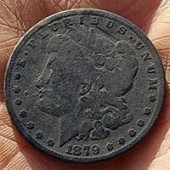
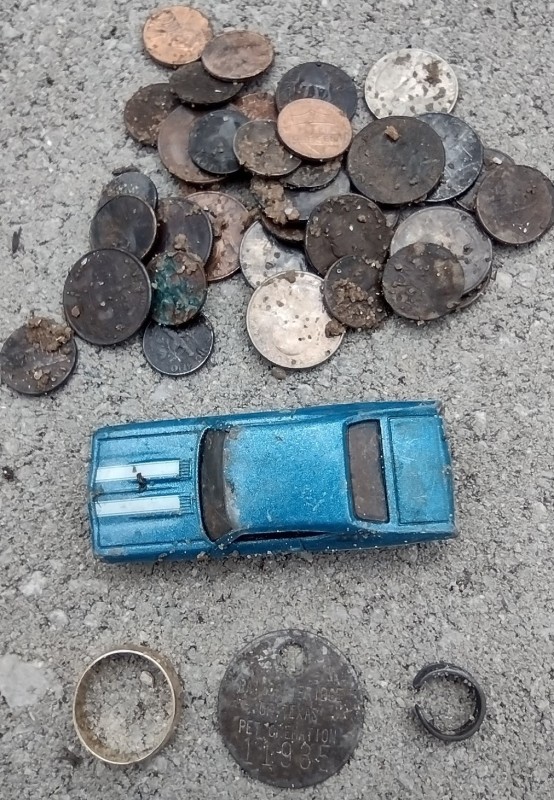
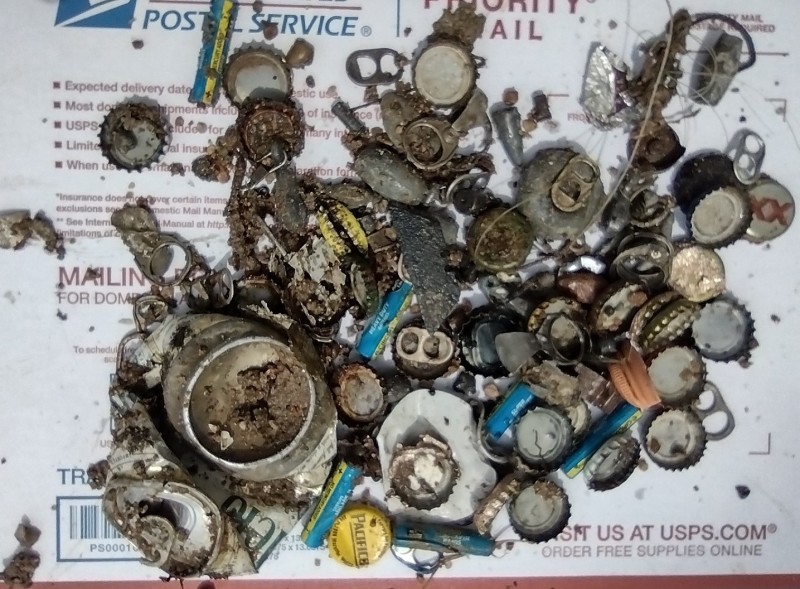
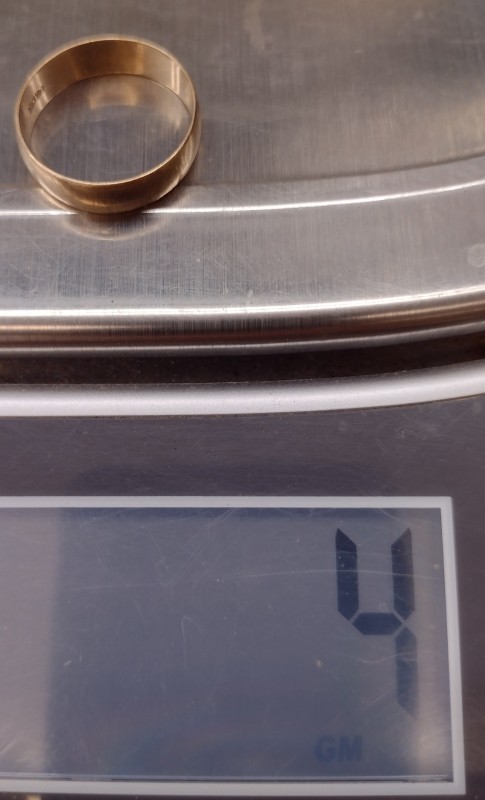
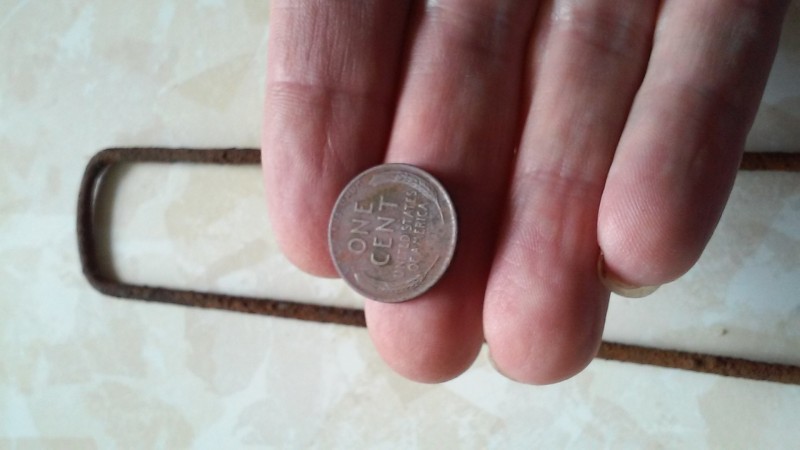
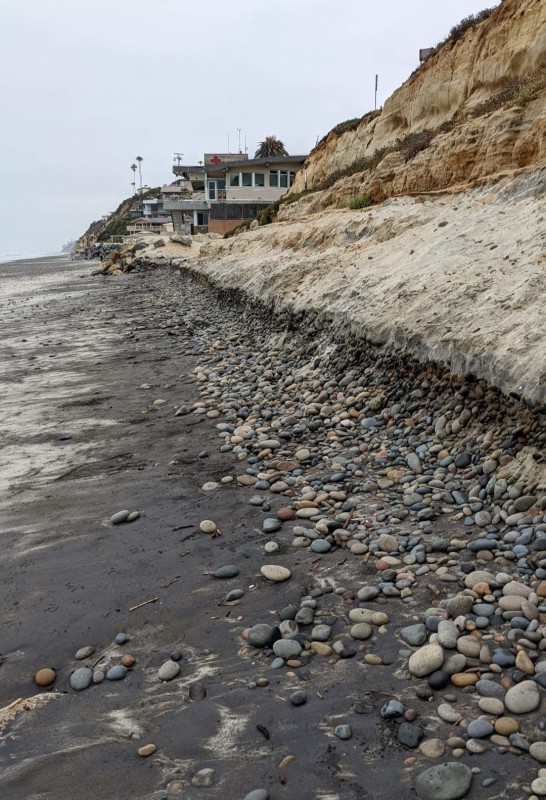



.thumb.jpg.8761b3d9b3da119b9e6d1912f67275ad.jpg)


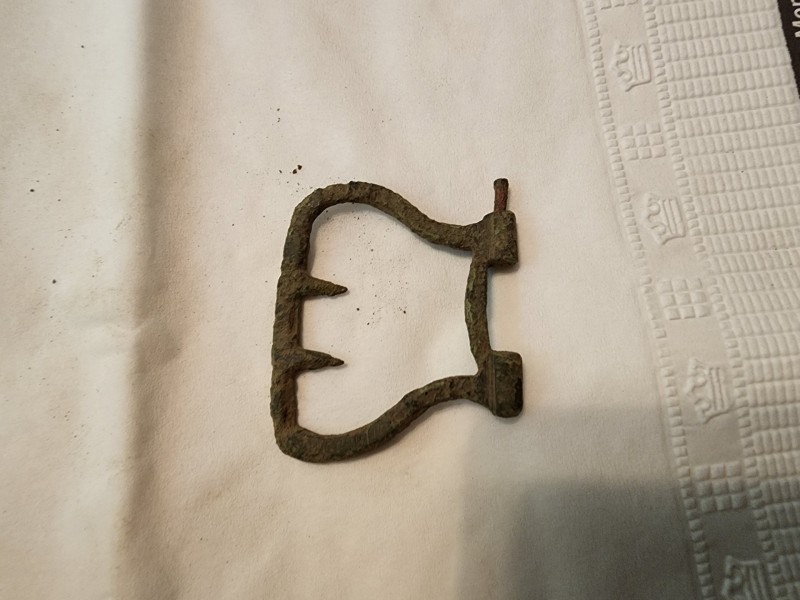
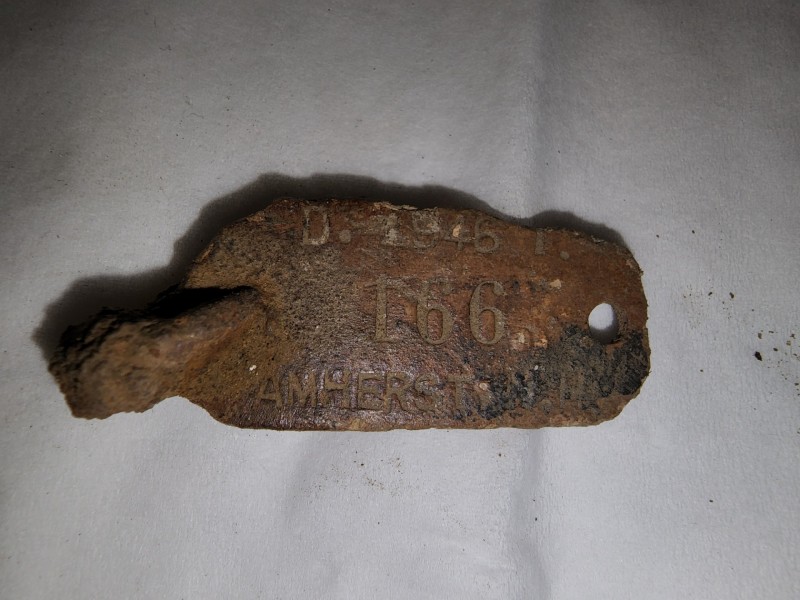
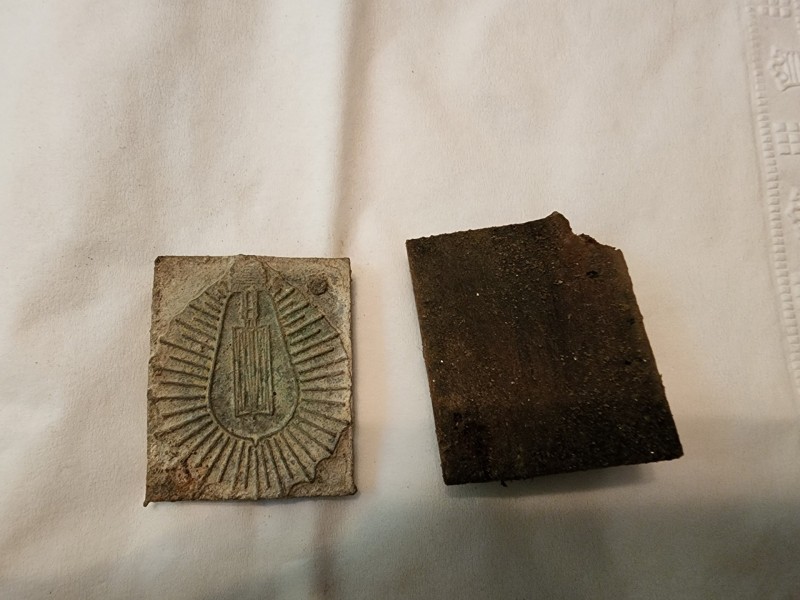

.thumb.jpeg.1812973eabdb2653580ec1f81bd0b134.jpeg)
.thumb.jpeg.2a4c4e9d947db40771afbf948ded7cf8.jpeg)
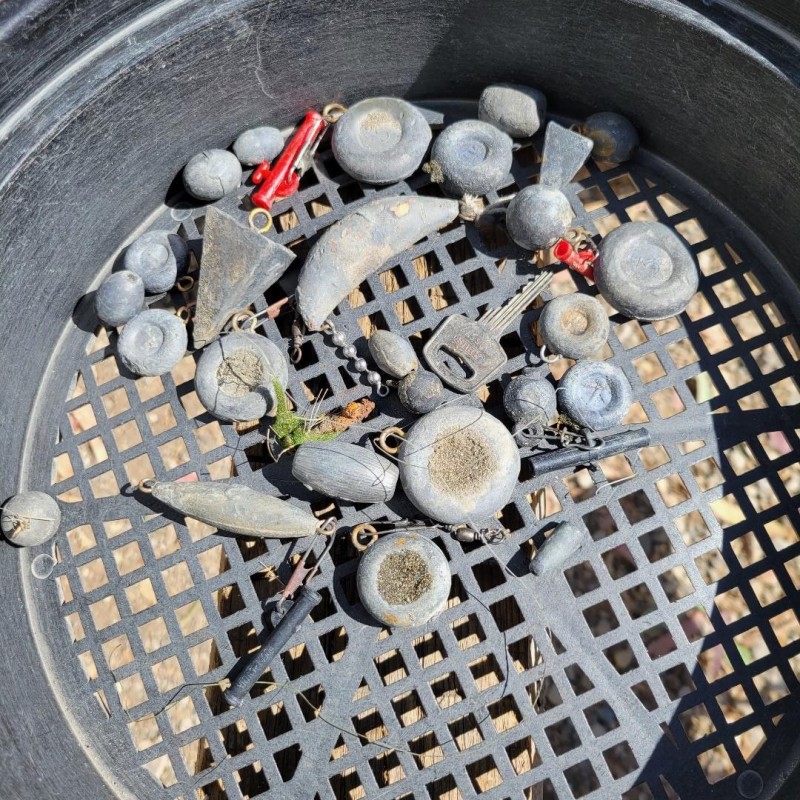
.thumb.jpeg.5b71fbf7d96c499d05708aef65f49007.jpeg)
.thumb.jpeg.edbe4e353d415bb094187c0af72d5b85.jpeg)
.thumb.jpeg.018ee05c51fff0a25a12ff56caed0f86.jpeg)
.thumb.jpeg.80db47fe72dba396baf19956da6a052f.jpeg)
.thumb.jpeg.2714a91b23582d9fbfa03fca16131124.jpeg)
.thumb.jpeg.09c463d9394a5c2950620e66bcf52555.jpeg)


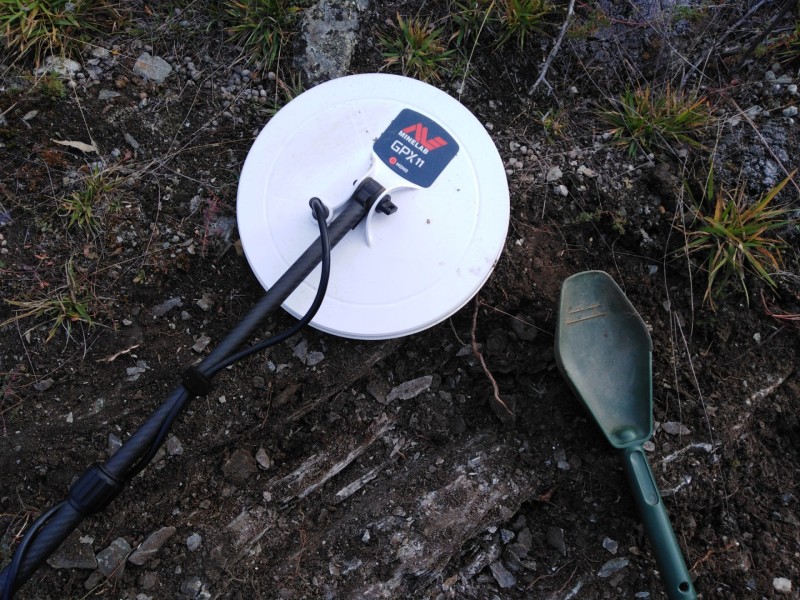
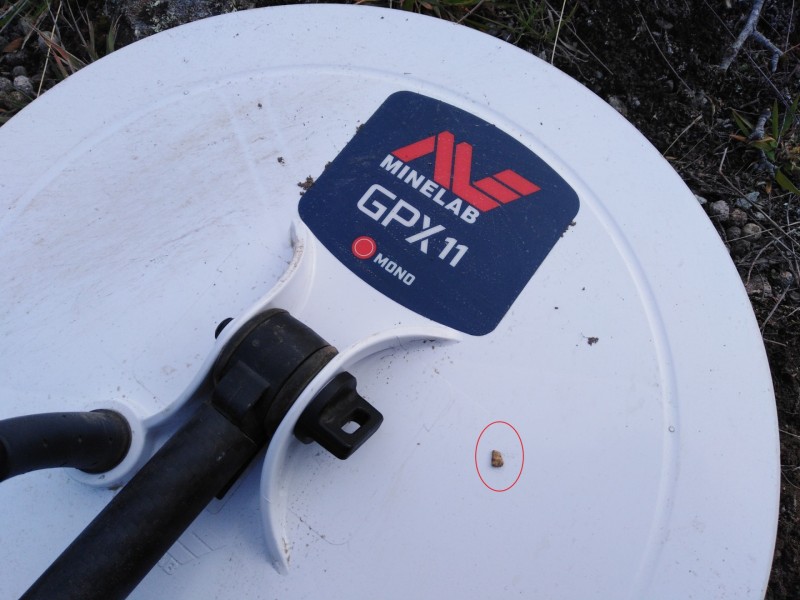
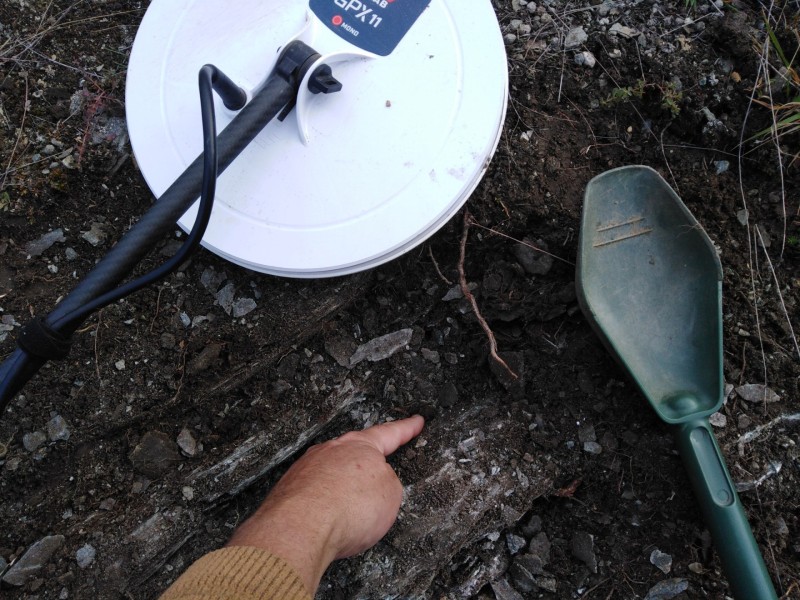
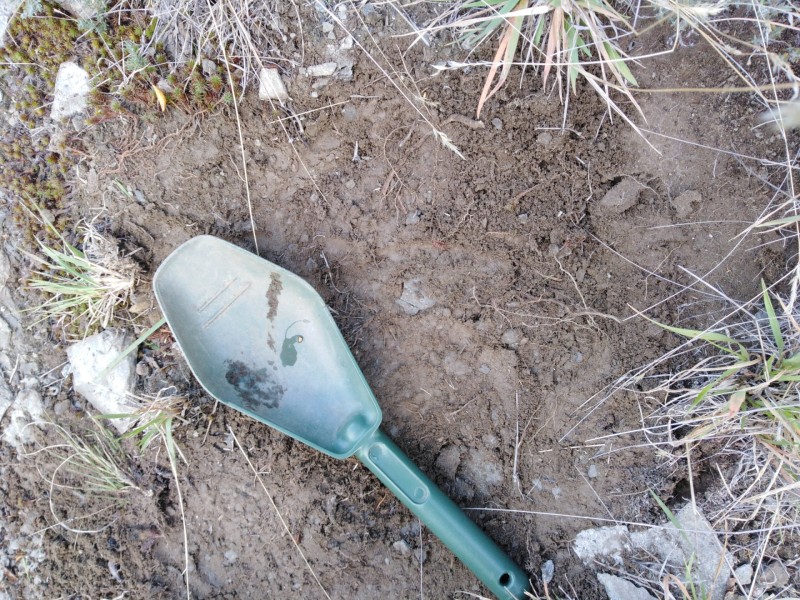
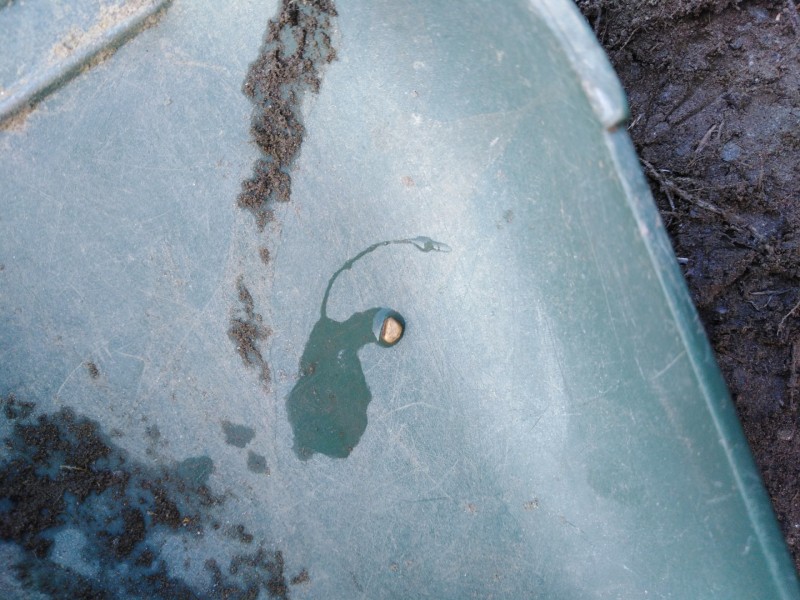
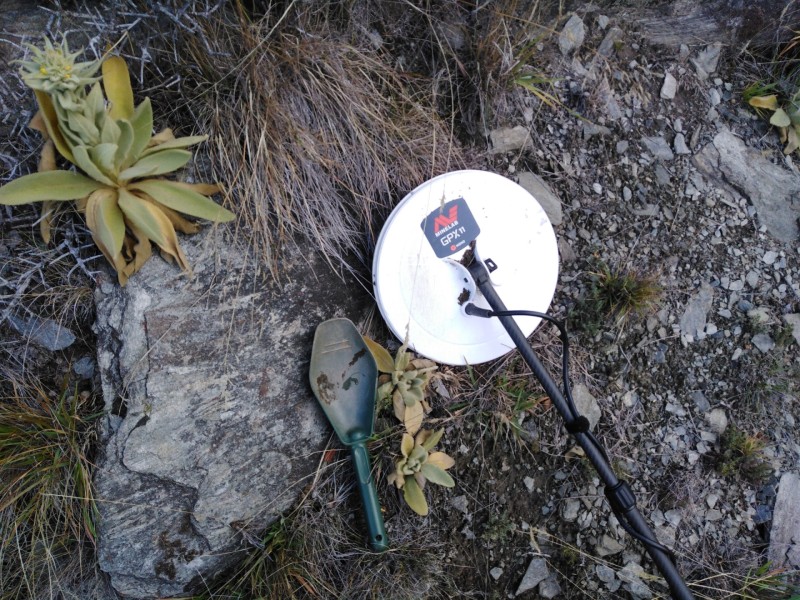
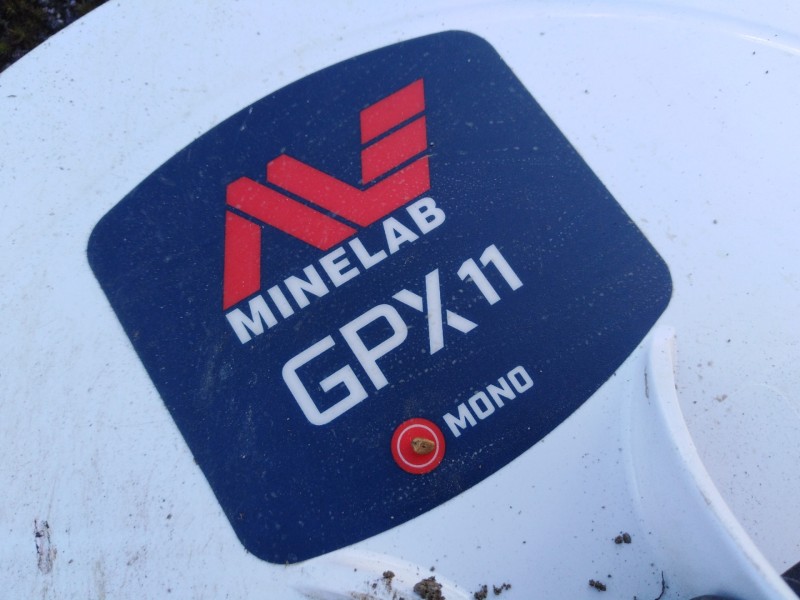
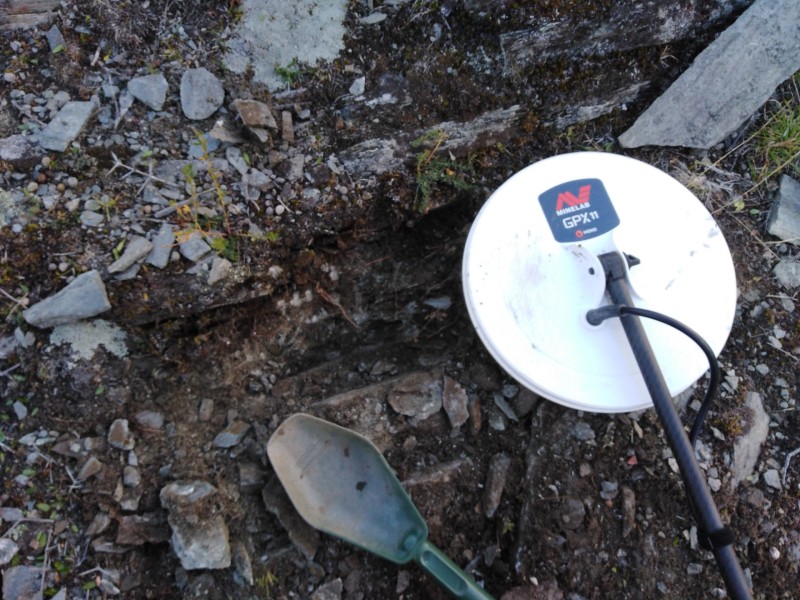
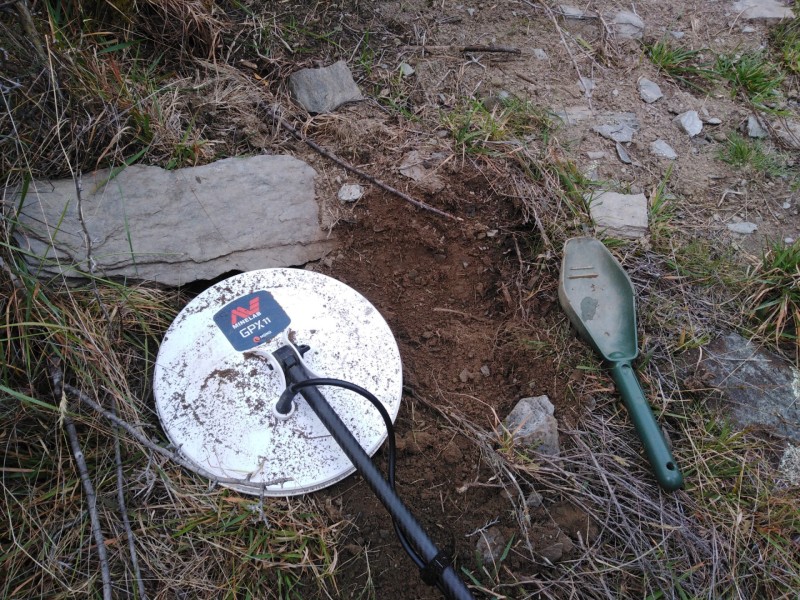
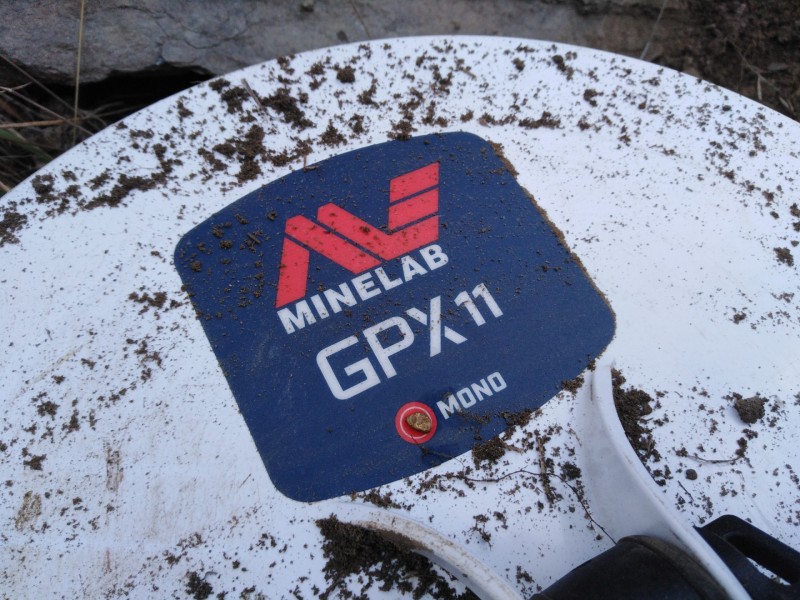
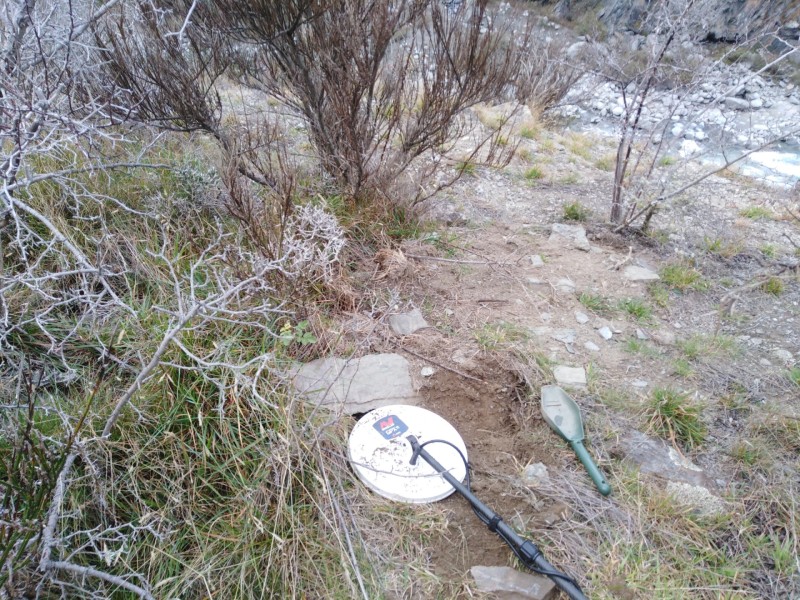
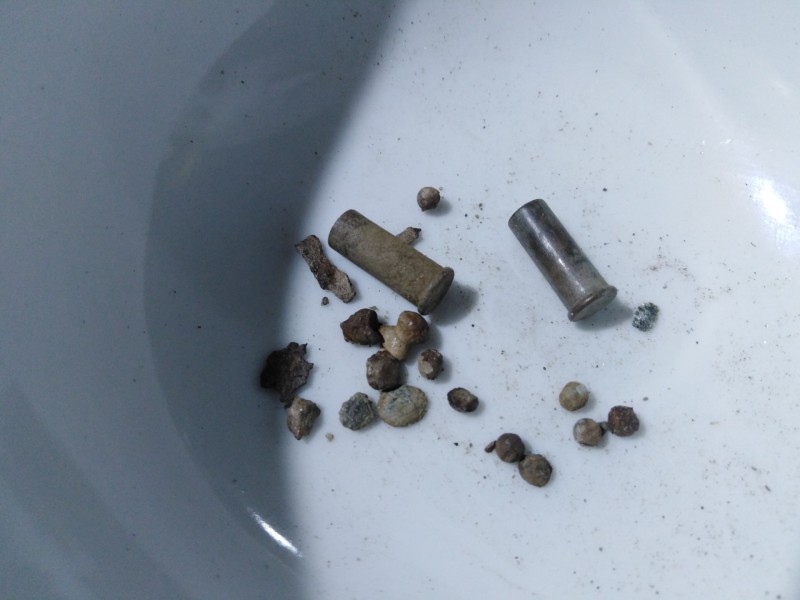
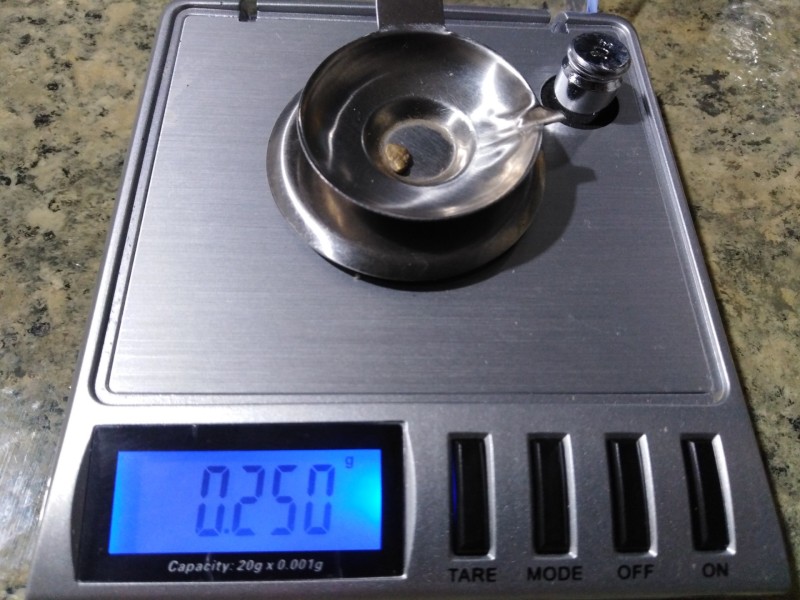
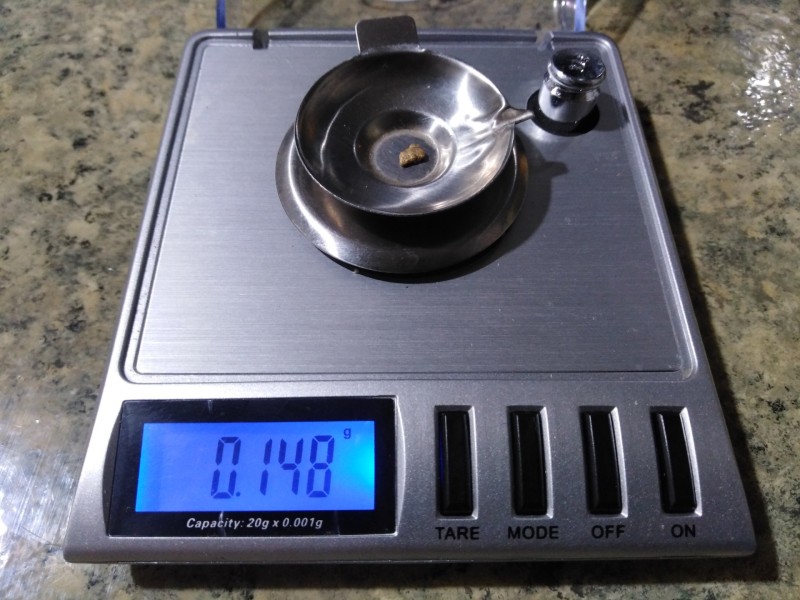
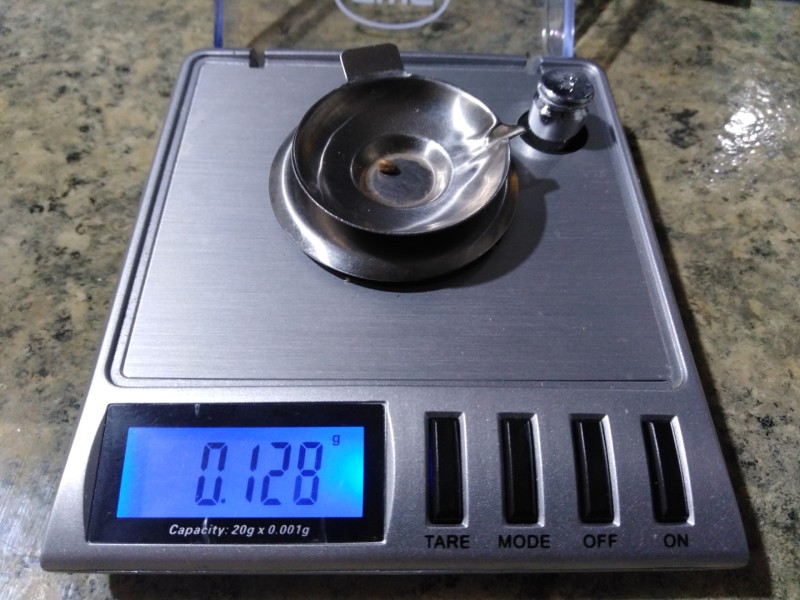
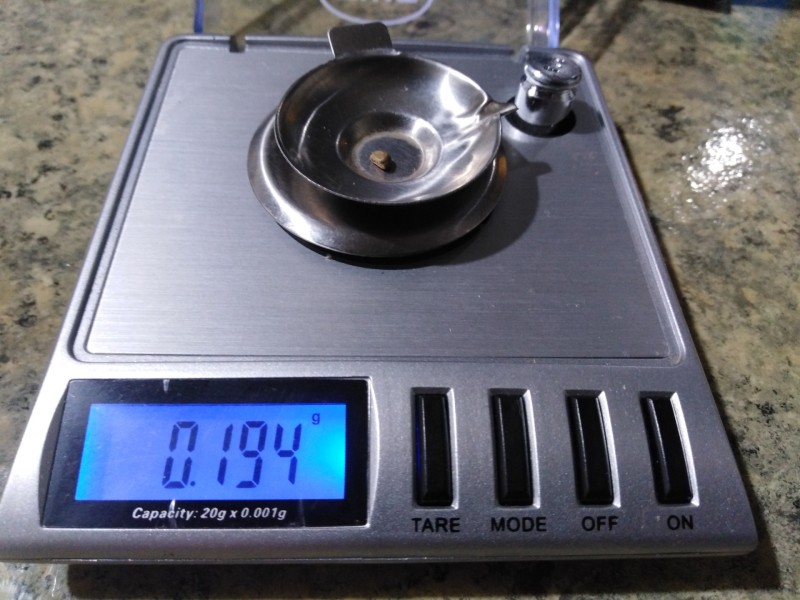
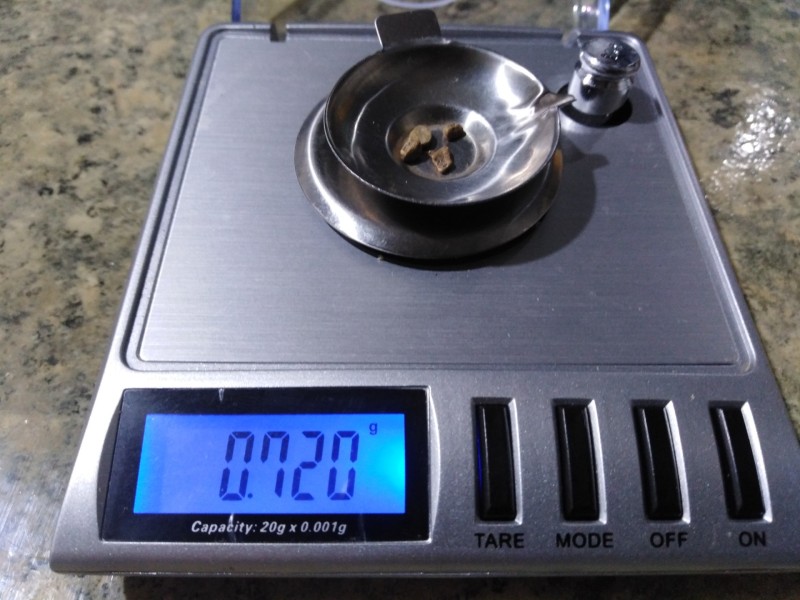
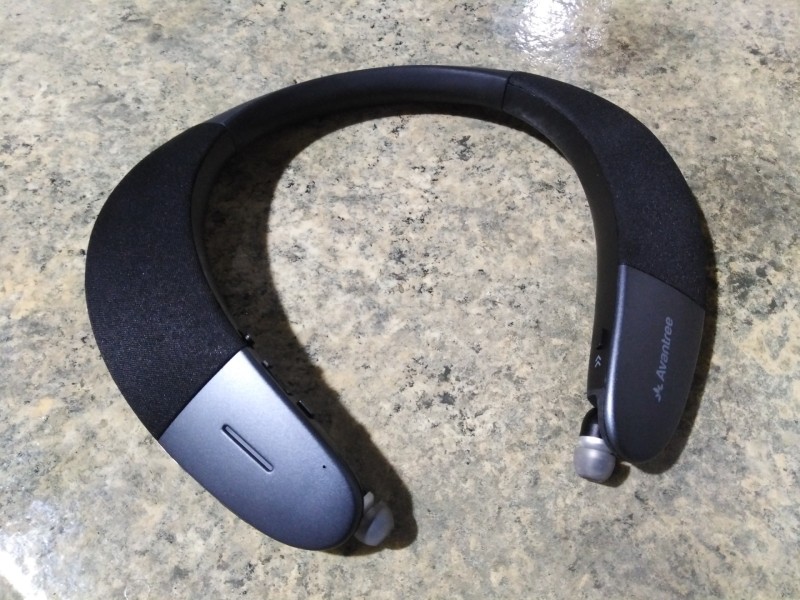

.thumb.jpg.95344db3aeef0a4c6c73420daa366191.jpg)
